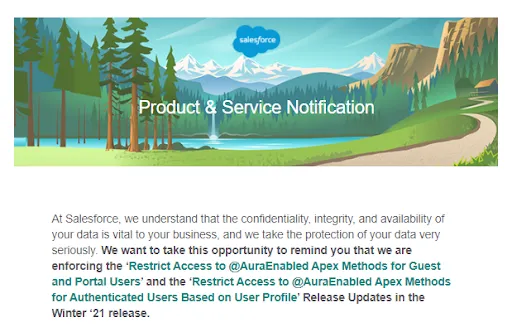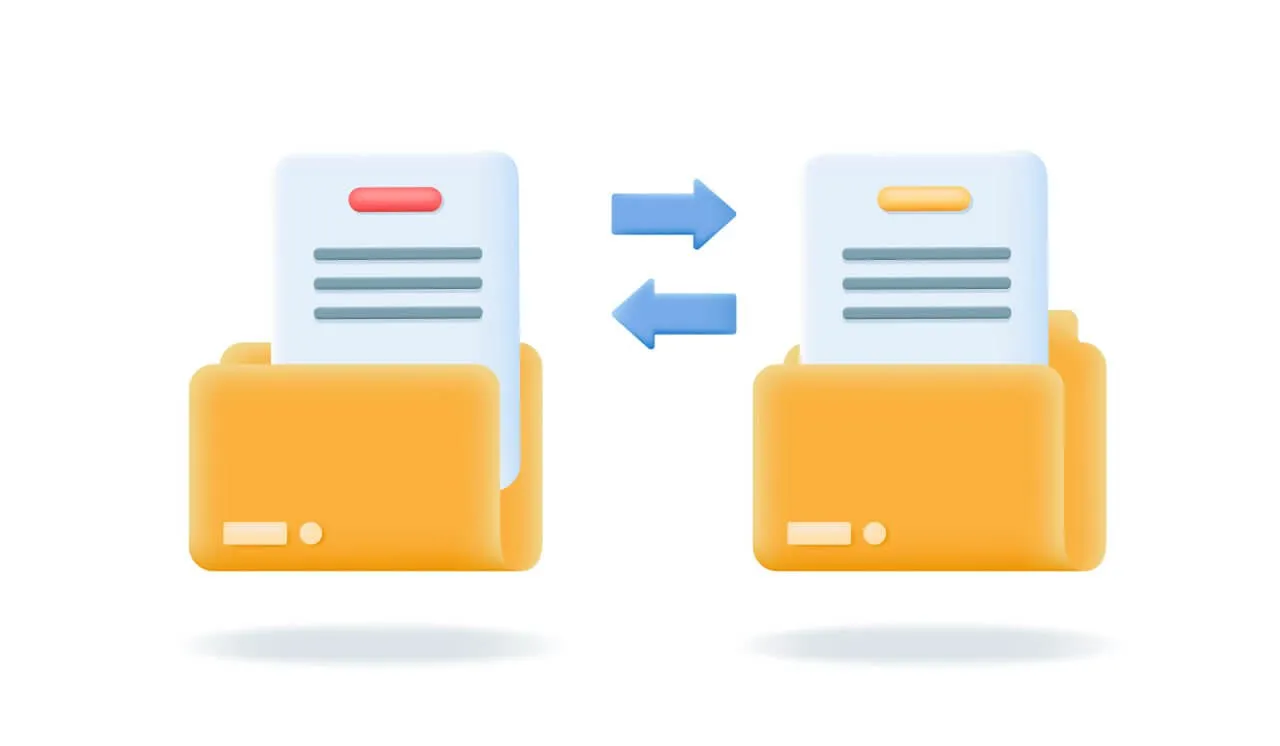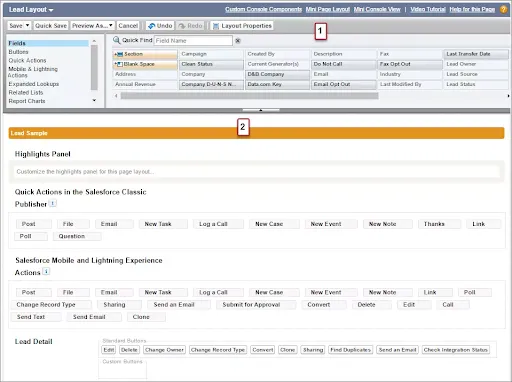Automate Lead Routing with HubSpot AI Agents to Increase Conversion Rates
Automating lead routing with HubSpot AI agents reduces lead-response time and ensures high-intent prospects reach the right rep faster. This article outlines a practical 60–90 day implementation plan, a pilot case with measurable KPIs, and concrete recommendations so revenue teams can increase conversion rates while preserving quality and governance.

Introduction
Lead routing determines whether interest becomes opportunity; manual or slow routing loses momentum and revenue. HubSpot’s AI agents can classify intent, enrich records, and trigger deterministic routing rules so leads reach the correct owner in minutes rather than hours. By prioritizing high-intent signals, verifying enrichment, and running a controlled pilot, organisations can materially improve conversion while avoiding common pitfalls such as misclassification and ownership disputes. A focused approach preserves data quality and gives measurable results within two quarters.
Case in point
A regional B2B services firm with $12M ARR and 18 sales reps implemented HubSpot AI agents to automate lead triage and routing. The program ran as a 10-week initiative: two weeks for discovery and rule design, five weeks for AI model tuning, connector setup, and sandbox tests, and three weeks for a live pilot with one sales pod covering 30% of inbound volume.
Discovery identified high-value signals: company size (employee count >50), job title patterns, intent phrases in form answers, and real-time engagement (product page views within 24 hours). The team built a priority score that combined AI intent classification (0–100), enrichment confidence, and recency to produce a routing score. Routing thresholds were set so only leads with score ≥70 went to the high-touch enterprise pod; others entered automated nurture or an SDR queue.
During the pilot the AI agent processed 1,200 leads over three weeks. Lead-response time for routed high-score leads dropped from a median 14 hours to under 20 minutes. Conversion from lead-to-meeting for routed leads rose from 8.5% to 14.2% (a 67% relative uplift), and overall pipeline acceleration reduced average time-to-opportunity by 28%. Importantly, the false-positive routing rate (leads routed but disqualified within 48 hours) remained under 9%, which the team deemed acceptable compared to manual misroutes previously near 22%.
The pilot included a human-in-the-loop (HITL) review for the first two weeks: reps could reassign or reject routed leads, and the AI retrained on those signals nightly. This quickly reduced misroutes and improved model precision. The firm achieved payback on the project through recovered high-intent meetings and faster deal progression within four months.
What to implement / Recommendations
- Define high-value lead signals and a routing score before enabling AI routing to avoid noisy outcomes.
- Start with a two-week discovery to map current routing hotspots and measure baseline lead-response time.
- mplement human-in-the-loop reviews for the first 2–4 weeks to capture corrective labels and improve model precision.
- Use deterministic fallback rules (geography, industry, account ownership) to handle low-confidence AI outputs.
- Create a clear SLA matrix for routed leads (e.g., respond <30 min for score ≥80, <4 hours for score 70–79).
- Instrument and monitor five KPIs: lead-response time, routed lead conversion, false-positive rate, time-to-opportunity, and rep satisfaction.
- Run a 3–4 week pilot on a single pod covering 20–30% of inbound leads before full rollout.
- Log all metadata and enrichment decisions for audit, compliance, and model transparency.
For owners evaluating investments
Owners should prioritise quick wins that directly affect revenue: reducing lead-response time for high-intent prospects typically produces the fastest ROI. Vendor-hosted AI within HubSpot reduces implementation friction but carries subscription and data-export tradeoffs; in-house models offer greater control at higher initial cost.
Consider organisational readiness: if sales ops and reps resist automated handoffs, invest more in change management and the HITL phase to build trust. If compliance or data residency is a concern, verify HubSpot’s logging and retention capabilities before enabling enrichment exports.
Expected outcome
With disciplined scope and pilot governance, teams can expect measurable uplifts within one quarter: lead-response time for prioritized leads reduced from hours to minutes, routed lead conversion improvements in the 30–70% relative range depending on baseline quality, and time-to-opportunity shortened by approximately 20–30%. False-positive routing should decline to single-digit percentages after the HITL training window.
Operational benefits include fewer manual triage hours for SDRs and more predictable pipeline hygiene; reclaimed admin time typically equates to 0.5–1.0 FTE in mid-market firms. Overall ROI is commonly realized within 3–6 months when routing targets high-value lead segments and is monitored with tight KPIs.
Enjoyed the article? Follow our LinkedIn newsletter for more insights — subscribe here.





























